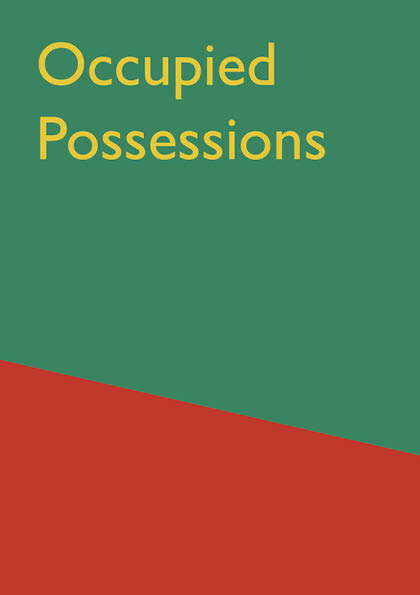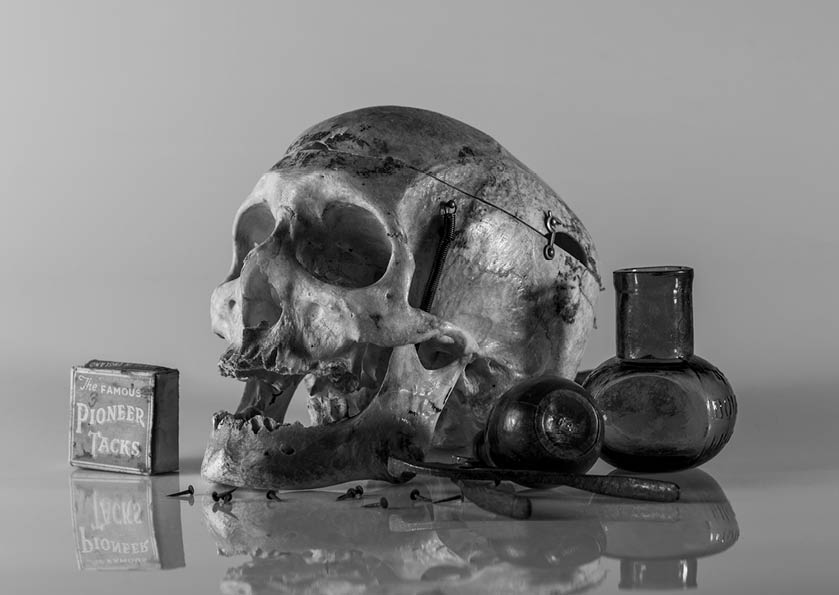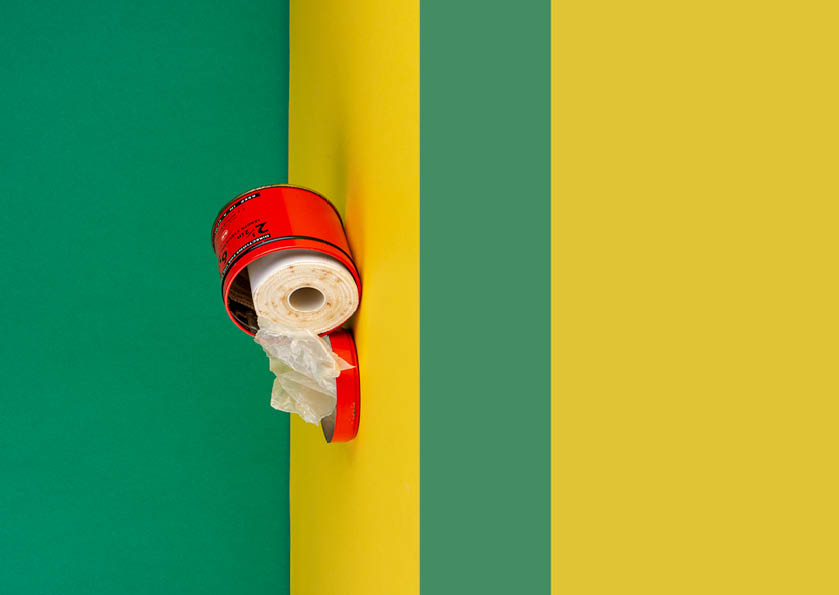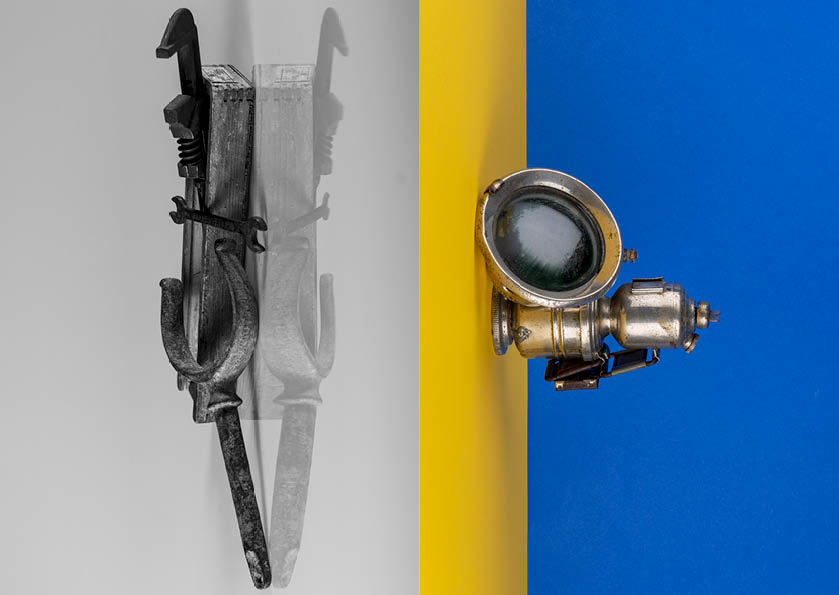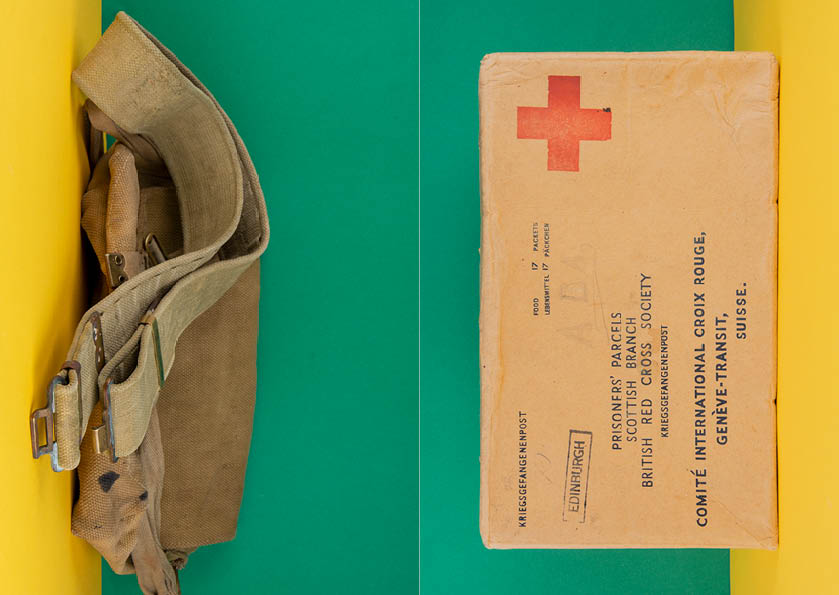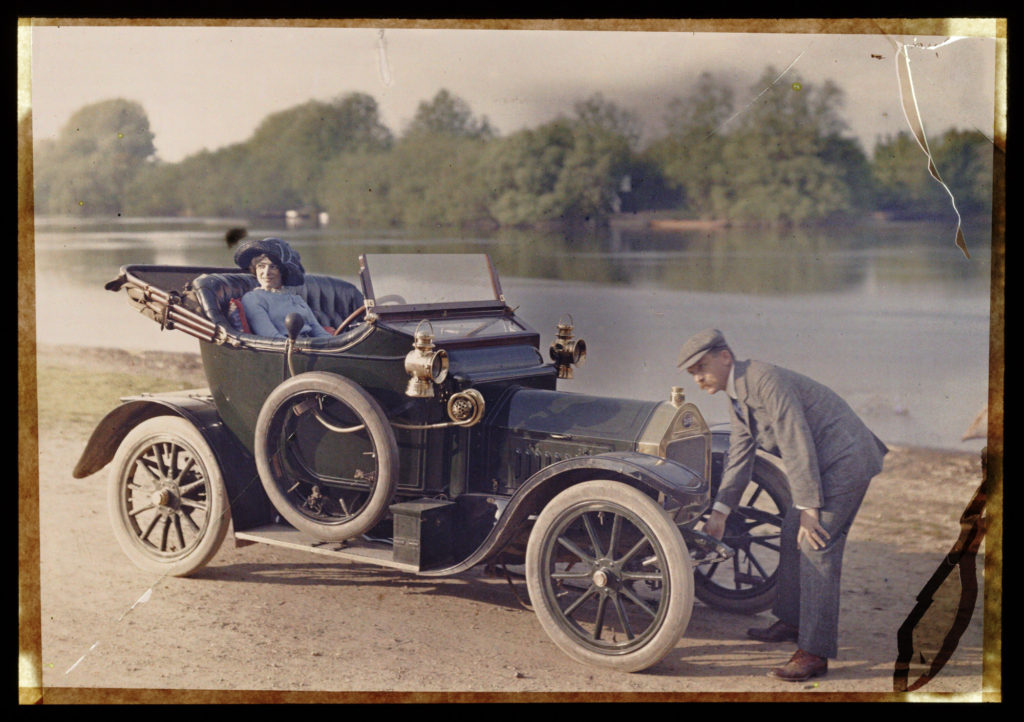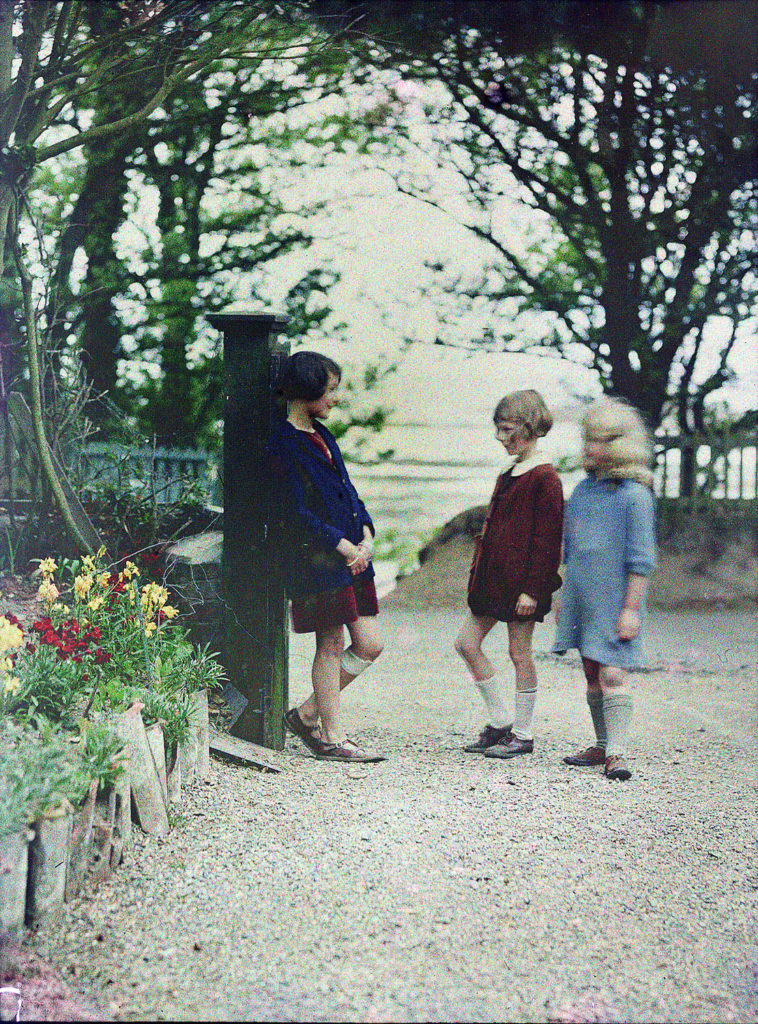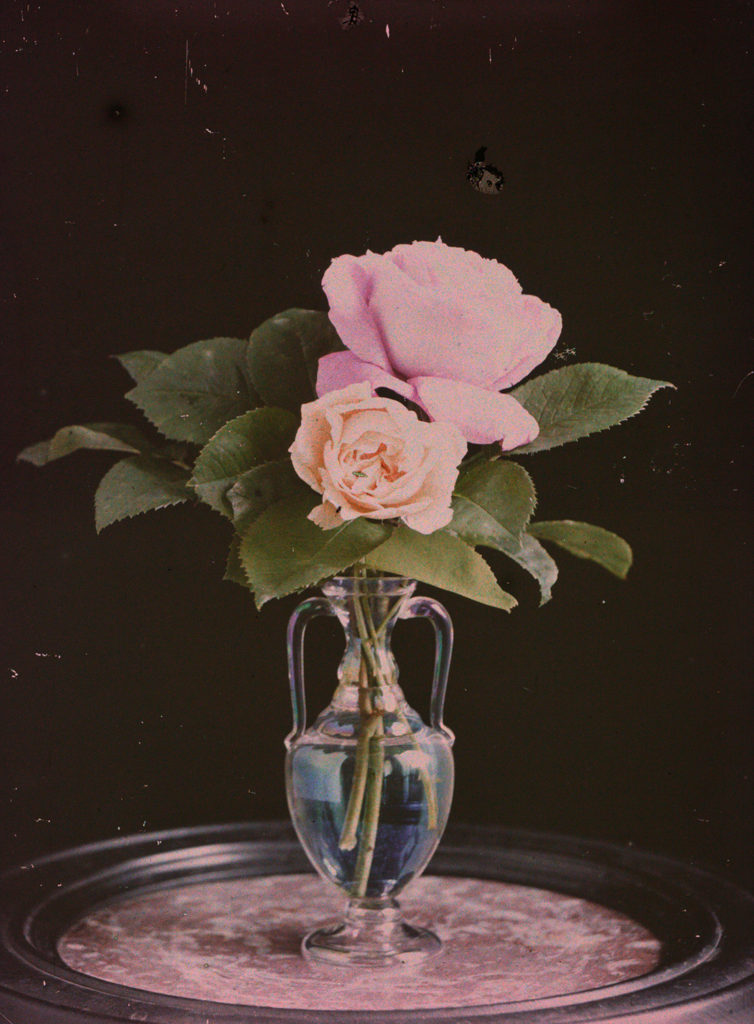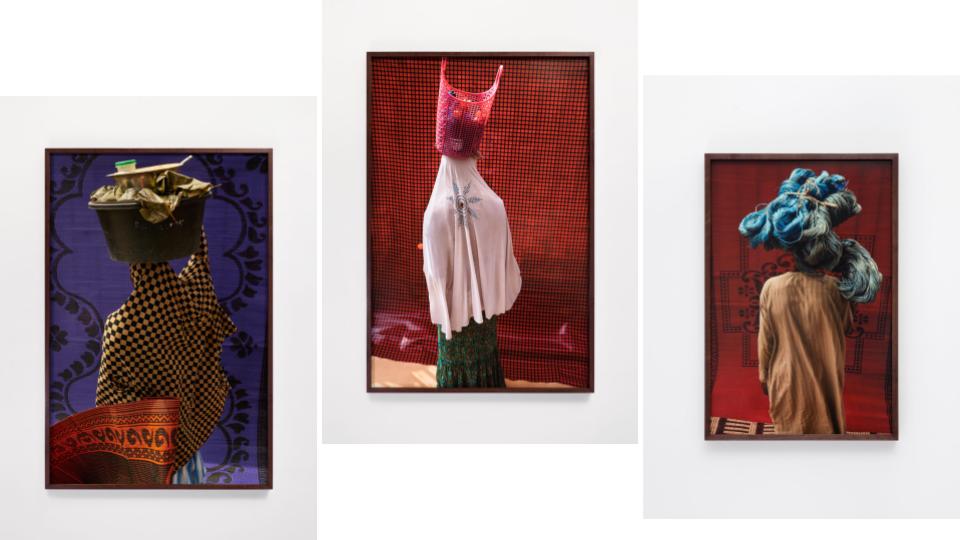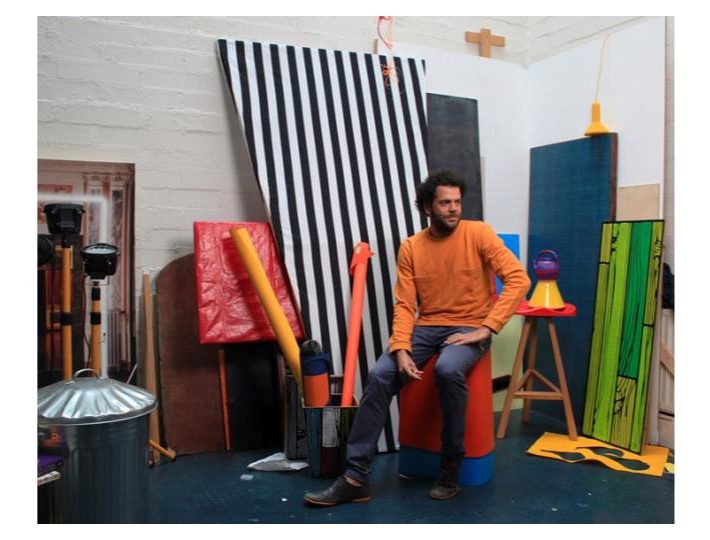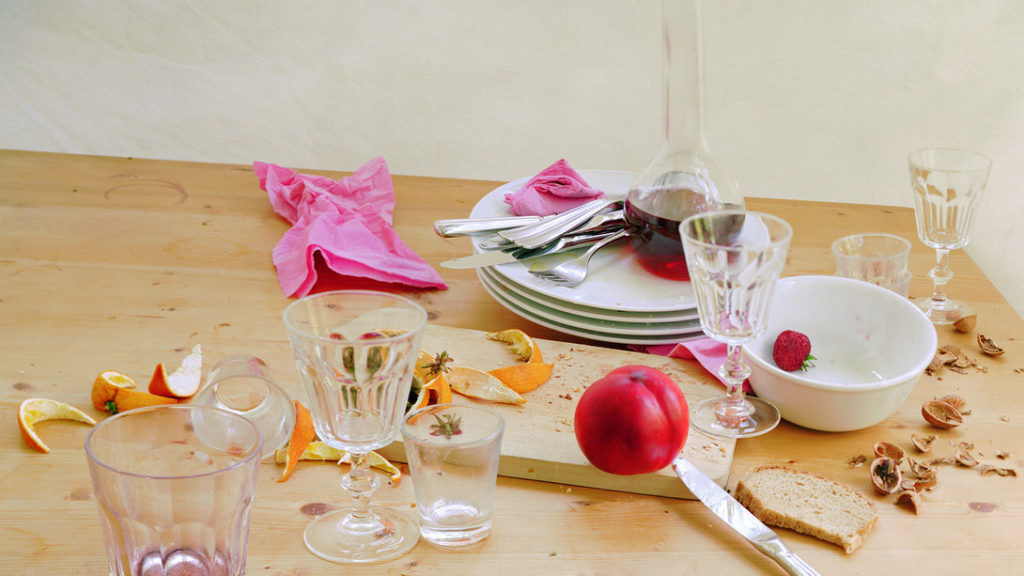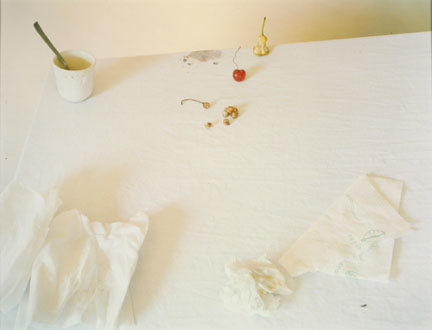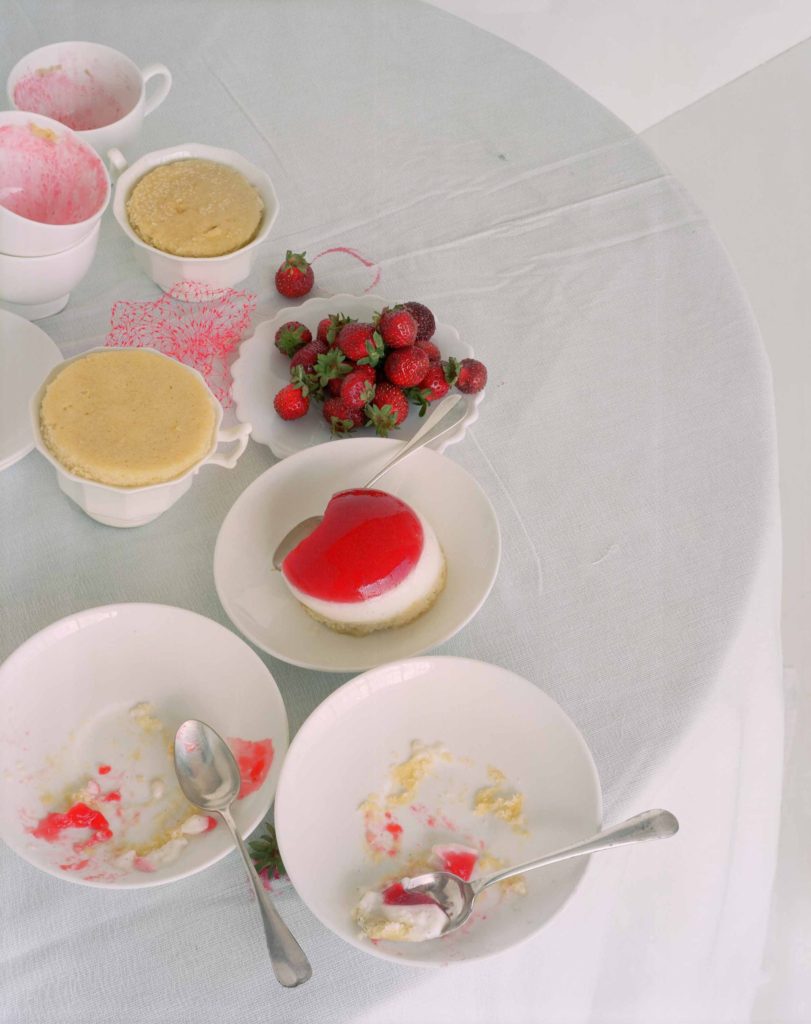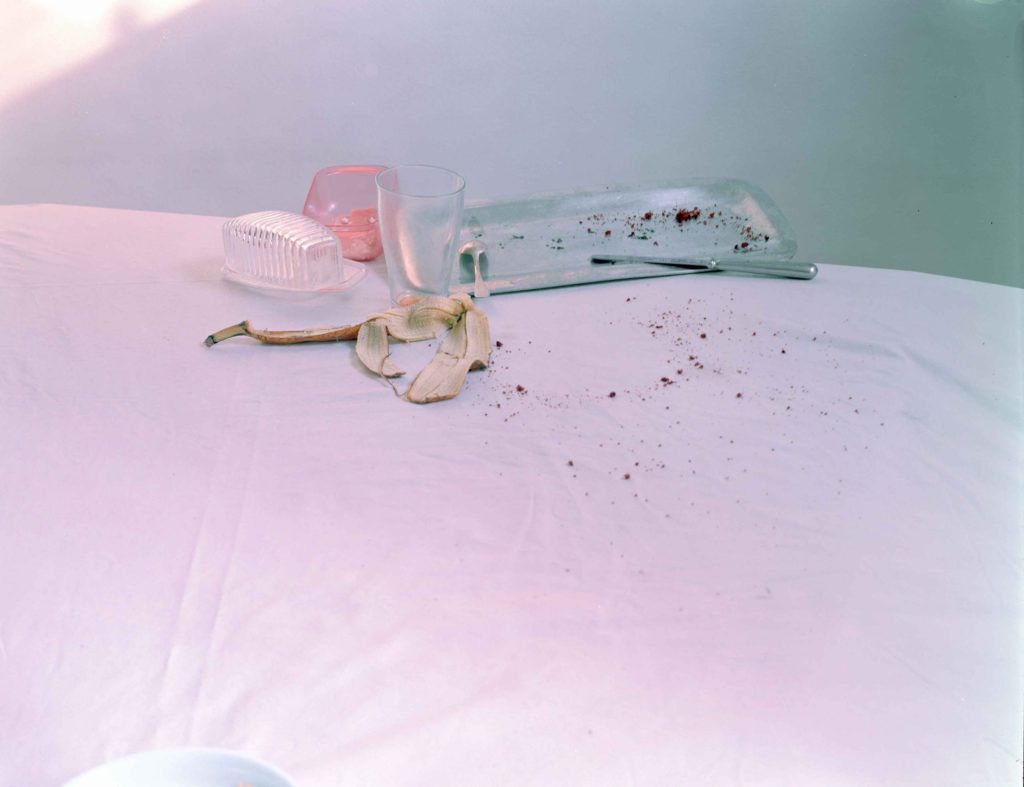Paulette Tavormina:
Paullette Tavormina lives in new York. she gets a lot of the flowers, fruit etc from the local farmers. Her photographs are said to resemble ‘old master’ painters. Her photography style is based on old Still Life paintings from the 17th century.
“I have long been drawn to the seventeenth century Old Master Still Life painters Giovanna Garzoni, Francisco de Zurbarán, and Adriaen Coorte. I am particularly fascinated by Zurbarán’s mysterious use of dramatic light, Garzoni’s masterful compositions and colour palette, and Coorte’s unique placements of objects.”
– Paulette Tavormina
I chose Paulette Tavormina as I love how it really does look like she has brought the old still life painting of the 17th century to life. I also like how she has captured elements such the smoke from the candle and the light on the bubble. She manages to bring the old symbolism of the period to contemporary photography.
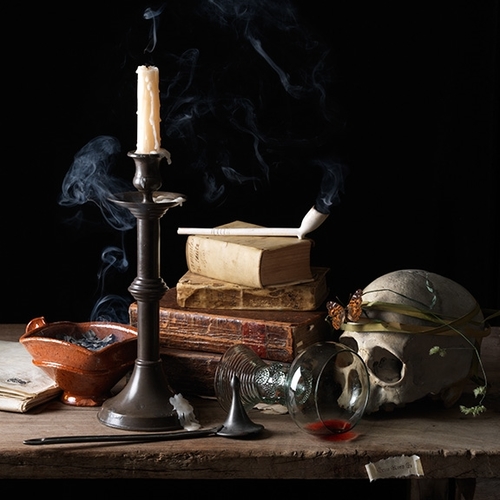
The background of this photo is completely black with out only focus on those object on the table. The eye is naturally drawn to light, therefore having the objects all in light, allows the viewer to be focused on what the photographer, in this case Paulette Tavormina, wanted the viewer to focus on. as it is the tallest object in the photo, the eye is immediately drawn to the candle and from there your eye is lead by the glass pointing at the skull, thus telling a story. The smoke also captures the light making the negative space around the objects more visually pleasing. The light is coming in at an angle form the side which creates dynamic shadows.
The skull is as an image is meant to signify death and act as a reminder of ones own mortality in old vanitas paintings. The snuffed out candle and pipe is also mean to signify life eventually being snuffed out. Also part of typical Vanitas and still life imagery. The over turned glass is there to represent the emptiness of life. The red wine might be referencing the blood of christ because in old still life paintings, grapes would represent this. Therefore the red wine may be the contemporary answer to this. The decaying flowers on the skull, along with the butterfly is to represent the inevitability of death within the beauty of life. The books within this photo show the artificial virtues of life and the pride in knowledge.
How would I respond to this?
I would think about how i could also incorporate things other than objects into my piece to make it stand out and have some contrast e.g smoke, reflections. I like how Paulette Tavormina angles the light and I would also use that as it matches with my preferred style of photography.






